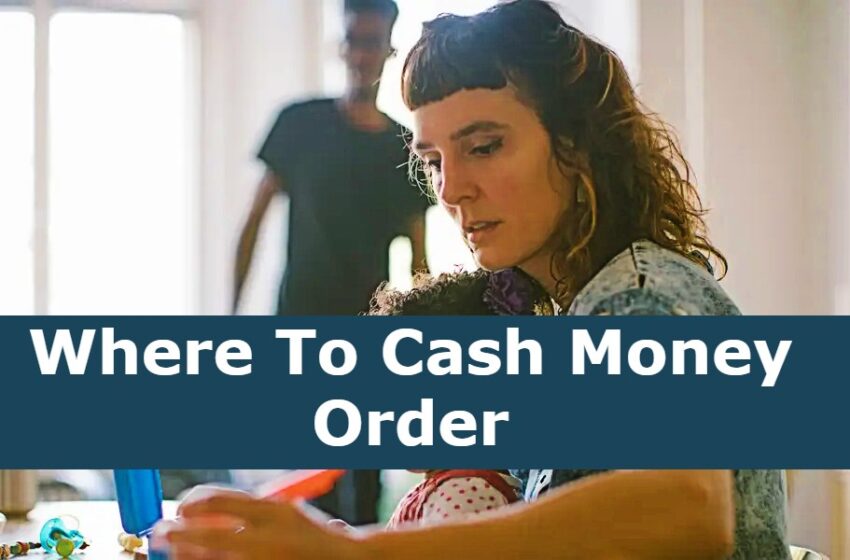
Where To Cash Money Order
If you have a money order, you will need to know where you can cash it. The best place to get it is at the issuing company. However, it is important to make sure that the money order is legitimate. Also, you will want to avoid fees when you cash the money order.
Avoid fees by cashing at the same entity that issued it
There is more to cashing a money order than simply dropping off a check and walking out the door. Some banks offer more perks for their customers. For example, you may be able to avoid fees by checking with your bank to see if they will offer you a discount. You will also want to check out the fine print and take note of any disclaimers. The last thing you want to do is get slapped with a nasty surprise.
The best way to do this is to call up the place beforehand and find out what their policy is. Obviously, you cannot waltz into the store, but the clerk at the service counter should be able to answer your queries. They might even be able to offer you a discount if you tell them exactly what you need. If you ask the right questions, you will not only be able to make the most of your money, but you might also be able to save the day when a crisis hits.
Pay for a money order with a credit card or debit card
Money orders are a convenient and secure way to transfer money. They can be purchased with cash or a credit card. However, there are a few things to consider before purchasing one.
First, the money order has to be bought in person. This is because most businesses don’t accept credit cards for this type of transaction.
Second, you will probably have to pay a fee to purchase the money order. These fees can range from $0.50 to $5. You will also have to sign a receipt. The receipt is usually a carbon copy of the money order.
Lastly, you may have to pay interest on the amount you are borrowing. Some credit card issuers charge a higher interest rate on cash advances.
Although it’s not a good idea to purchase a money order using a credit card, some businesses do offer this service. As long as you know what you’re doing, you should be fine.
Send a receipt along with a money order
Money orders are a convenient, safe, and secure way to transfer money. They can be used to pay bills, purchase goods, and send money internationally.
When you order a money order, you must first fill out all the information. Make sure you include the full name and address of the recipient. If you are sending the money to a business, you may be asked to provide the business’s SEVIS ID number. This information will ensure that you are making a proper purchase.
The money order itself should contain the proper amount of money. You should never send a money order with an inaccurate dollar value. Leaving a money order with a wrong dollar amount is just as bad as leaving a check with an incorrect amount.
There are several different types of money orders. Some require that you fill out more information than others. In some cases, the memo field will allow you to add additional notes.
Check if a money order is legit
There are a lot of fraudsters and con artists who like to use money orders as a way of getting a hold of your money. To avoid being scammed, you must make sure that the money order you get is legit.
Money orders have evolved to include features that can help you spot fakes. For example, a security thread running from top to bottom of the money order is typically a recurring sequence of numbers and letters.
Another feature to look for is the serial number of the money order. If the number is missing, it is likely a fake. You can also check the dollar amount on the money order. Usually, money orders have a limit of $1,000 for domestic money orders and $700 for international ones.
Several banks, facilities and other financial institutions have the ability to issue money orders. Some of them are even available online. However, you should always make sure you check the legitimacy of the money order before depositing or cashing it.


